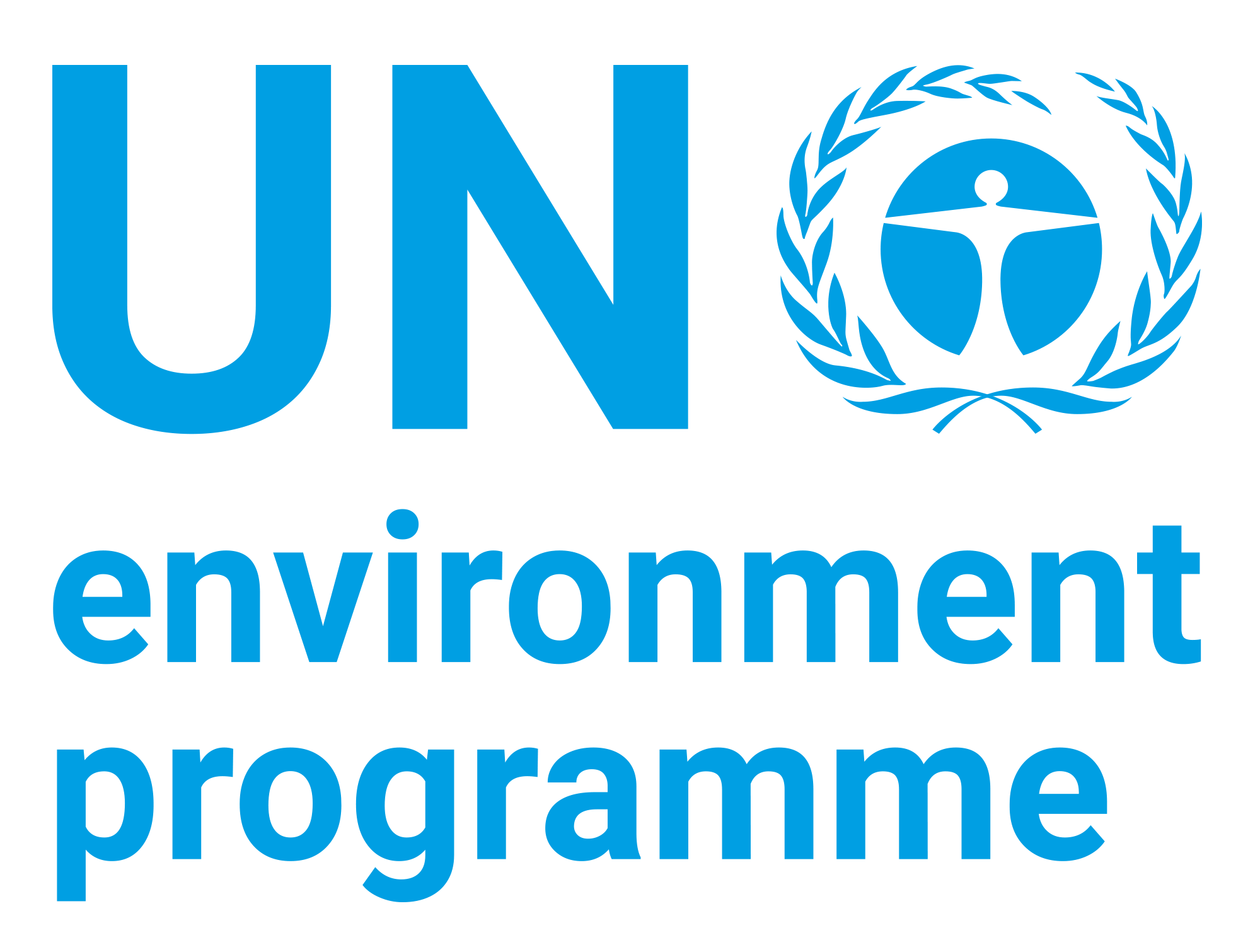| dc.contributor.author | United Nations Environment Programme World Conservation Monitoring Centre | |
| dc.date.accessioned | 2016-10-11T20:06:03Z | |
| dc.date.available | 2016-10-11T20:06:03Z | |
| dc.date.issued | 2008 | |
| dc.identifier.uri | https://wedocs.unep.org/20.500.11822/8554 | |
| dc.description | Forests play a key role in the global carbon cycle, absorbing and storing carbon in their biomass and soils. The UN Framework Convention on Climate Change (UNFCCC) discussions on reducing emissions from deforestation and degradation (REDD) in developing countries result from a recognition of the substantial greenhouse gas emissions resulting from deforestation, especially in the tropics. Depending on the method of forest clearing and the subsequent use of the felled trees and land, deforestation not only releases the carbon stored in the above ground biomass, but leads to decomposition of roots and mobilization of soil carbon. | |
| dc.language | English | |
| dc.publisher | UNEP | |
| dc.rights | Public | en_US |
| dc.subject | carbon dioxide | en_US |
| dc.subject | emission control | en_US |
| dc.subject | emission factor | en_US |
| dc.subject | emission forecast | en_US |
| dc.subject | emission reduction | en_US |
| dc.subject | emission source | en_US |
| dc.subject | climate change | en_US |
| dc.subject | climate change adaptation | en_US |
| dc.subject | climate change mitigation | en_US |
| dc.subject | forest cover destruction | en_US |
| dc.subject | forest deterioration | en_US |
| dc.subject | deforestation | en_US |
| dc.subject | protected area | en_US |
| dc.title | Protected areas: an effective tool to reduce emissions from deforestation and forest degradation in developing countries | |
| dc.type | Reports, Books and Booklets | en_US |
| wd.identifier.sdgio | http://purl.unep.org/sdg/SDGIO_00000047 | |
| wd.identifier.sdgio | http://purl.unep.org/sdg/SDGIO_00000049 | |





